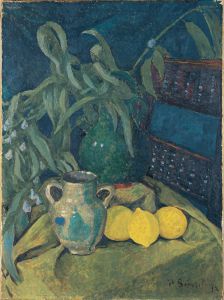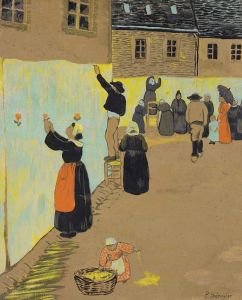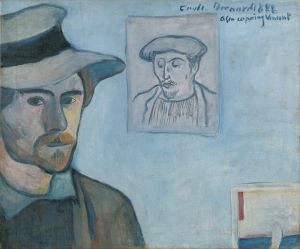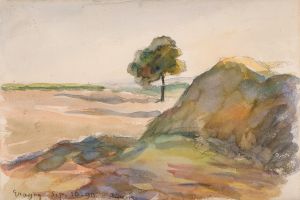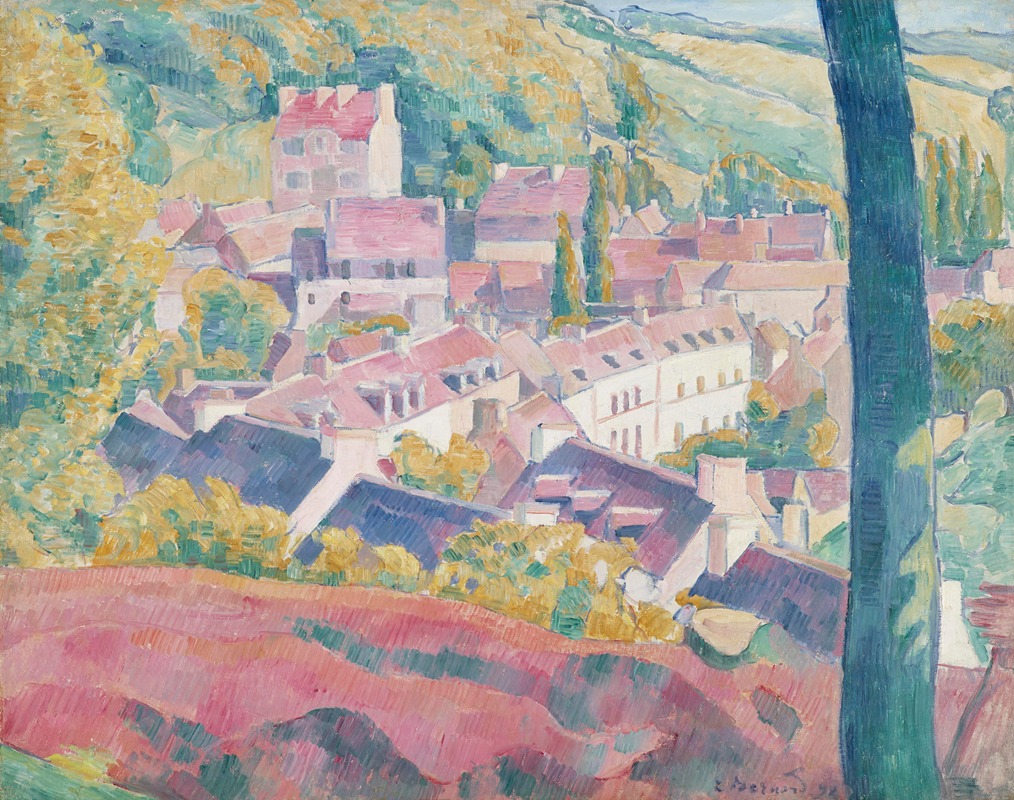
Pont-Aven Seen from the Bois d’Amour
A hand-painted replica of Emile Bernard’s masterpiece Pont-Aven Seen from the Bois d’Amour, meticulously crafted by professional artists to capture the true essence of the original. Each piece is created with museum-quality canvas and rare mineral pigments, carefully painted by experienced artists with delicate brushstrokes and rich, layered colors to perfectly recreate the texture of the original artwork. Unlike machine-printed reproductions, this hand-painted version brings the painting to life, infused with the artist’s emotions and skill in every stroke. Whether for personal collection or home decoration, it instantly elevates the artistic atmosphere of any space.
"Pont-Aven Seen from the Bois d’Amour" is a painting created by the French artist Émile Bernard in 1888. Bernard was a key figure in the Post-Impressionist movement and is often associated with the development of Cloisonnism, a style characterized by bold outlines and flat areas of color. This painting is a significant example of Bernard's innovative approach to art during his time in Pont-Aven, a small town in Brittany, France, which became a hub for avant-garde artists in the late 19th century.
The work depicts a view of Pont-Aven as seen from the Bois d’Amour, a wooded area near the town that was a popular subject for artists due to its picturesque scenery. The composition features a harmonious blend of natural elements, including trees, water, and the town's architecture, rendered in Bernard's distinctive style. The painting reflects the artist's interest in simplifying forms and using vibrant, non-naturalistic colors to convey emotion and atmosphere.
Émile Bernard's time in Pont-Aven was marked by his collaboration and exchanges with other artists, most notably Paul Gauguin. Together, they explored new artistic techniques and ideas, challenging the conventions of Impressionism and paving the way for Symbolism and other modernist movements. Bernard's work during this period, including "Pont-Aven Seen from the Bois d’Amour," demonstrates his departure from traditional perspective and his focus on decorative, almost abstract qualities in his compositions.
The painting is also notable for its connection to the Pont-Aven School, an informal group of artists who gathered in the town and shared a common interest in experimenting with form, color, and symbolism. Bernard's contributions to this group were instrumental in shaping the direction of modern art in the late 19th and early 20th centuries.
Today, "Pont-Aven Seen from the Bois d’Amour" is recognized as an important work in Bernard's oeuvre and a testament to the creative energy of the Pont-Aven artists. The painting is held in a private collection, and its exact details, such as dimensions and medium, are not widely documented. However, its historical and artistic significance remains widely acknowledged in the study of Post-Impressionism and the broader history of modern art.





